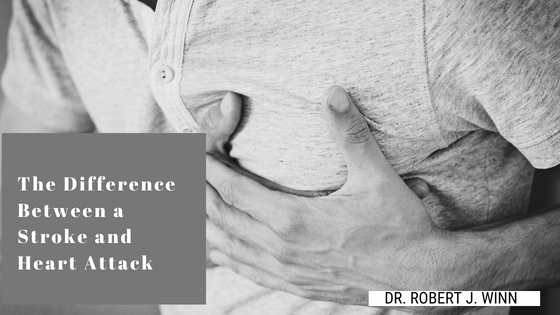Although they can cause similar symptoms, heart attacks and strokes are different medical issues. They are vascular events that can affect the blood vessels in the body. These conditions can lead to disability and even death.
Heart Attack
A heart attack is usually caused by a condition known as coronary artery disease. When the arteries are blocked, the blood flow to the heart becomes restricted. Eventually, pieces of fatty deposits known as plaques will break free and form blood clots.
When this happens, the heart muscle loses vital nutrients and oxygen and may eventually die or become damaged. This condition is referred to as a heart attack.
Stroke
A stroke occurs when the flow of blood to the brain is interrupted. It’s referred to as a brain attack. Unlike a heart attack, it affects the brain’s blood vessels.
When a blood clot forms in one of the blood vessels in the brain, it’s referred to as an ischemic stroke. On the other hand, a transient ischemic attack occurs when the flow of blood is temporarily blocked.
A type of stroke caused by a blood vessel in the brain that bursts and bleeds is known as a hemorrhagic stroke. It can be classified into two different types based on the type of blood vessels that cause the damage.
A vascular malformation is a type of abnormal mass of blood vessels that can develop in the brain. It can cause bleeding and compression of the brain.
Causes of Both
Strokes and heart attacks share many common risk factors, such as high blood pressure, family history, high cholesterol, vascular disease, and diabetes. Different types of medical conditions separate the two.
One of the most common risk factors that can lead to a stroke is a type of stroke called a transient ischemic attack. This condition causes similar symptoms to a stroke but does not cause lasting damage. According to the American Stroke Association, people who have had at least one TIA are almost ten times more prone to experiencing a stroke.
Reducing Your Risk
To reduce the risk of stroke and heart attack, people must make healthy lifestyle changes such as no smoking, eating a healthy diet, exercising, and controlling their health.
One of the most effective ways to reduce the risk of stroke and heart attack is by starting early screening at age 20. The AHA suggests that individuals start taking part in regular health checks beginning at age 20. These include blood pressure, BMI, pulse rate, waist circumference, and weight.


